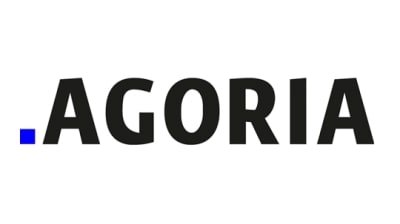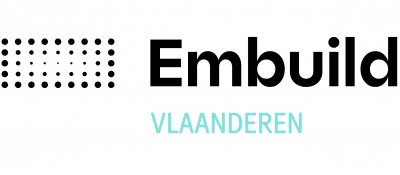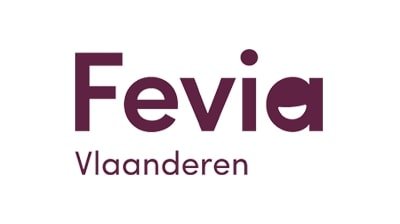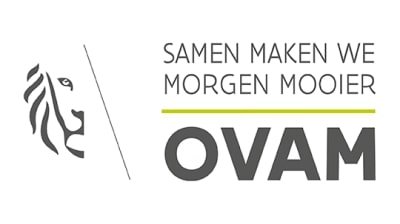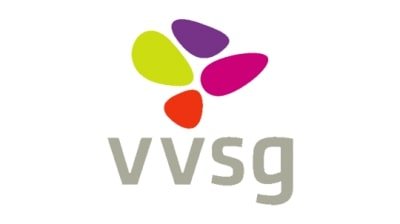Topics
We organise our actions in six thematic & strategic agendas:
Strategic Agendas:
Bio-economy
Circular Construction
Chemicals/Plastics
Manufacturing Industry
Food Chain
Water Cycles
Seven leverages provide additional support:
Leverage effects:
Lever Policy Instruments
Lever Circular Procurement
Lever Communication
Lever Innovation & Entrepreneurship
Lever Financing
Lever Jobs & Skills
Lever Research
What, why and how?
Why are we pursuing a circular economy?
Future visions 2050
How do we see our circular future?
About our management
Who steers what at Flanders Circular?
WoonC
Smaller home, more freedom Think a modular, compact and affordable home is nothing but a dream? Think again!
Circular construction could make real estate affordable again. How, you ask? A growing and ambitious network of researchers, companies, governments and civil society organisations believes that
Reusing can create new added value.
Today, real estate is expensive and home loans are risky. But what if you could secure yourself a home in a different manner? Maybe you could even live mortgage-free? How can we achieve this? By ensuring construction elements are reusable from the very onset. Reuse or efficient recycling could save us a lot of money and materials, and limit nuisances linked to construction.
By considering the second, third and maybe even fourth life of a shingle, window or any other part of a house, it will be worth more in the future than if it were disposable. Moreover, the regulations on construction waste are becoming stricter and that waste can actually increase construction costs considerably. Therefore, the reuse of construction components is the way forward.
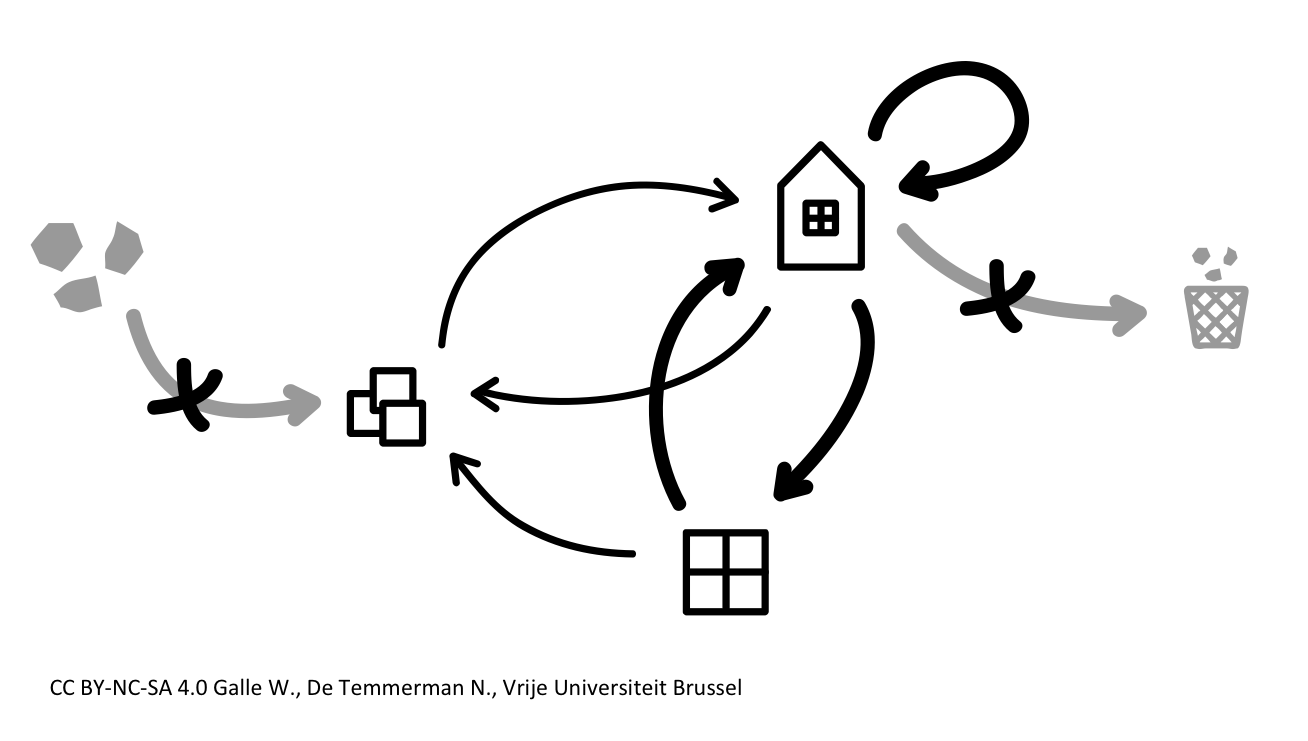
New value creates new opportunities
If houses and the materials used to build them remain usable and valuable, they are a more sustainable and maybe even more profitable investment than a traditional home or apartment. In that case, mortgages, which need to be repaid as quickly as possible by the owner or developer, are no longer the only viable option.
Private individuals could even invest in a residential project jointly, as a cooperative or association. Producers could make the construction materials they manufacture available to the residents against a fee. And service providers could even offer accommodation as a service, so as to always meet the needs of the residents. Those are just a few of the many alternatives.
Two construction sites
Major leaps are never taken alone. Issues like mortgage-free living can only be tackled by sharing knowledge and experience with others. With that in mind, in the autumn of 2017, a group of researchers, companies, governments and civil-society organisations joined forces to focus on this topic. Depending on the requirements of the project, this group is extended or reduced in size as the work progresses.
The participants have great ambitions. To achieve them, the network is in fact tackling two ‘sites’ simultaneously, each with its own targets and ‘builders’, and its own pace.
- On the one hand, there is the complexity of real estate: it is an economic market that is set to undergo a slower transition. It is marked by a search for alternative financing and new contractual solutions.
- On the other hand, there is a concrete, versatile pilot project, the first circular house in the country. It will be built in Wilsele and anyone willing to experiment is more than welcome to do so. This project serves as a gateway to new practical knowledge and a showcase for all.
Partners VUB Architectural Engineering, VITO Transitieplatform, BAST architects & engineers, Vlaams Energiebedrijf, Vlaanderen Circulair, Speed Building Systems Belgium
Sectors
Themes
Organisations

